Underground microbes has almost reached immortality
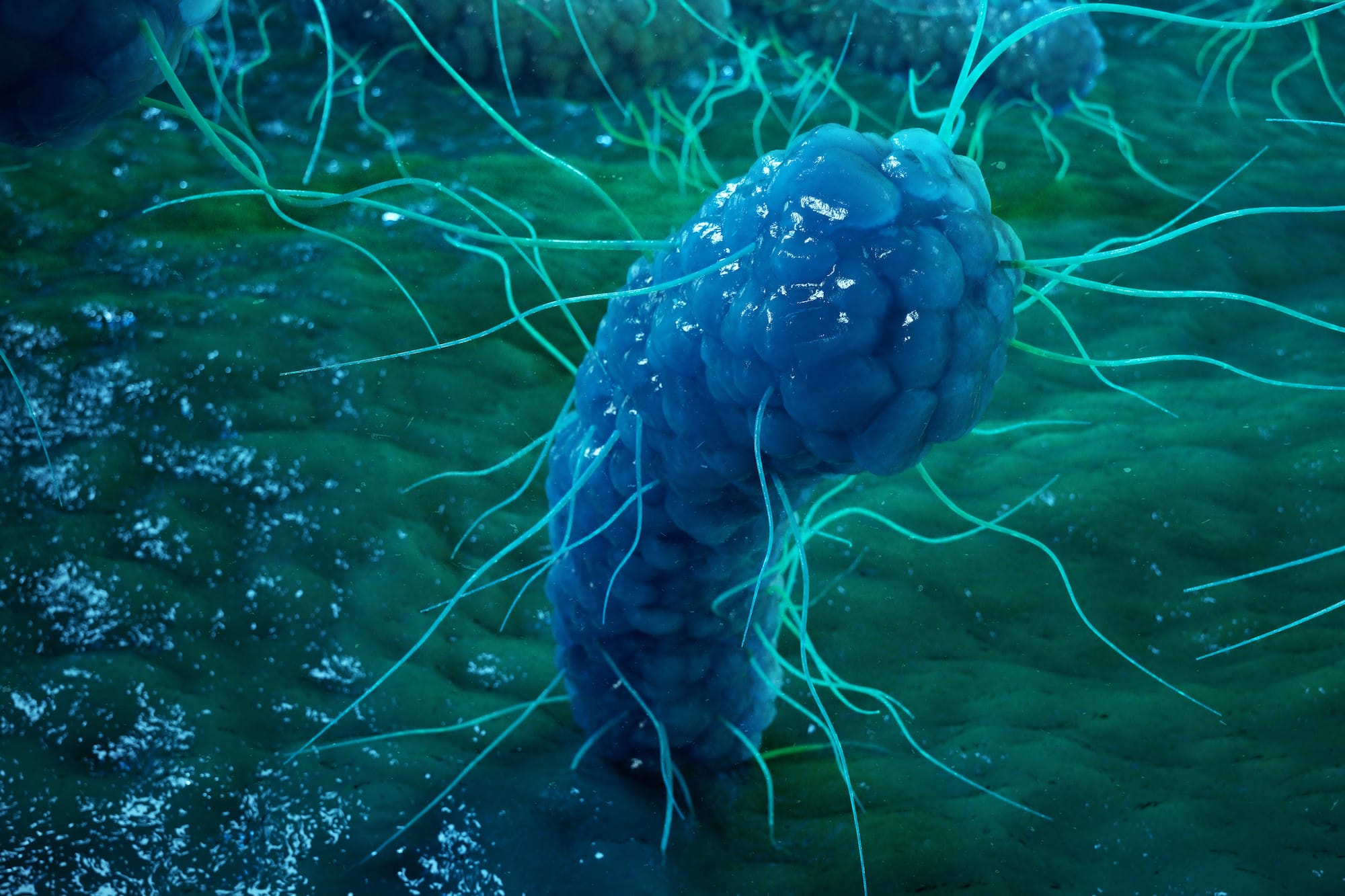 Source:
Source:
Last month, the Deep Carbon Observatory announced the astounding fact: the mass of microbes living beneath the Earth's surface, is from 15 to 23 billion tons of carbon, about 245-385 times the mass of carbon of all people. It is amazing. After all, not so long ago we had no idea that deep beneath the earth life is possible. However, all this did not immediately become noticeable detail, which is more surprising and interesting than the mass of underground life: her age.
How to achieve immortality? Ask the germs
In the late 1920-ies, a scientist named Charles Lipman, University of California at Berkeley, began to suspect that the stones are bacteria. Not fossil bacteria. Live.
He thought about the fact that the bacteria in his laboratory it was possible to resuscitate after 40 years in dry soil in sealed bottles. If they could survive four decades, was there some sort of limit?
Coal was like a stone that is ripe for trials that grew out of the mud bog. He began to push chunks of coal to see if something sprout from the dust. Was able.
Stirred the coal dust in sterile water, after two or three weeks, he saw something like bacteria. Placing it in a solution containing peptone, food bacteria, it has accelerated the intensive care up to five hours.
Curiously, he found that the period of rehydration in fluid for two days was required for recovery. If the crushed coal was wetted, but then immediately placed in the food agar, similar to gelatin in a Petri dish, nothing grew.
Of Course, Lipman included precautions to ensure that no pollutants do not cause growth. His draconian procedures for cleaning and sterilization of pre-fragmented pieces included cleaning, steeping, baking, and squeezing lumps of coal in a few hours or days before grinding. In fact, he found that heating the sample for several hours at 160 degrees Celsius does not cause the destruction of bacteria inside the coal. Anyway, he even encouraged them. The longer they baked up to an incredible 50 hours, the better they seemed to grow when coal was subsequently broken. (If the results were genuine, they may not be so surprising given the conditions under which coal is created).
Lipman did not believe that bacteria, which he created from coal, was alive in the same sense in which living bacteria in the gut. Rather, he believed that during the process of formation of coal the bacteria have dried up and entered a phase of freezing.
"…Microorganisms found in coal, are in fact survivors, prisoners in the coal during its formation from a material which originally was probably very rich in microorganisms, because they were similar to the peat," he wrote in the Journal of Bacteriology. "I think sometimes scattered masses of coal incidental disputes or some such resistant dormant stage of a microorganism survived the vicissitudes of time and circumstances, and retained a lively character the ability to turn into a vegetable organism, and the ability to multiply in favourable conditions".
This is a dried condition we now call anhydrobiosis, and it is in this state tardigrades can withstand the vacuum of space and bombarded with radiation.
Coal Lipman came from Wales and Pennsylvania, where part of it was mined at a depth of 900 meters. Pennsylvania coal inspired the name of a whole geological subperiods Pennsylvania.
It is at least 300 million years.
It was 1931. His colleagues probably thought that Lipman was crazy. But here, in 2019, it looks increasingly likely that he wasn't crazy. The oldest living things in the world can not be bent bristlecone pine and not old aspen trees, and the tiny microbes trapped in rocks under the surface, whose purpose is not to grow or to reproduce, but simply to cheat death.
More and more works that have appeared in the last decade indicate that bacteria — many of them in gidratirovannom, active in sediments, in rocks, in the pockets and crevices under the earth — it is old data.
For Example, in early 2000-ies scientists found that the rate at which microbes in aquifers and sediments of breathing, was significantly lower than that of the microbes on the surface. The rate of turnover of biomass is the time required for the replacement of molecules in the cell — was measured in hundreds to thousands of years.
"We don't know whether the microbes multiply in these underground environments with such slow turnover of biomass," wrote Frederick Cowell and Stephen D’Hondt in the review of the Nature and Extent of the Deep Biosphere of 2013, "or live without dividing millions and tens of millions of years."
In 2017, PNAS work, which shows that two kilometers under the bottom of the Pacific ocean off the coast of Japan, in the coal and shale deposits age 5-30 million years old, discovered the low density of bacteria (although "low" is still 50-2000 cells per cubic centimeter).
And they're still active, though very slow, lived. The time of their generation varied from months to over 100 years. But this estimate was probably understated. The generation time of E. coli in the laboratory of from 15 to 20 minutes.
The study of microbes living in deep-sea sediments in the South Pacific, 2018, published in Geobiology, it was concluded that the suitability of such sediments is not growth, but survival. The authors came to the conclusion that the only source of food for these microbesis that they were buried. The amount of consumed carbon for maintenance and repair during the year was only 2% of its carbon content in the cell.
"the fact that the intact microbial cells are found in this ancient environment, has remarkable consequences for the sustainability of these organisms," the authors write.
In their computer models that simulate many millions of years, through four million years all the cells have stopped growing. They just put all the resources they could find to keep the old carcass.
How long can this game with zero prize money? Whether, ultimately, the microbes starve? Whether they will accept dry, frozen form, like the one found Lipman? Or it requires special conditions?
The evidence is now Accumulating that these lacking nutrients, older bacteria are "microbial zombies." On the contrary, numerous studies have shown that when the deep underground microbes are placed in a more conservative environment, they quickly come to life.
Overall, these findings do not seem to be direct so ridiculous when you consider that microbes buried deep beneath the earth's surface, protected from cosmic radiation — thick layers of water, sediments, rocks. Muons are present in cosmic radiation reaching the Earth's surface, can reach only a few tens of meters of rocks. Such radiation continuously irradiates the DNA of organisms living on the surface, leading to their mutations.
The Hypothesis of panspermia that life-filled Universe, traveling hitchhiking inside the asteroid, always seemed to be something supernatural. But these findings, together with the recent realization that life could appear on Earth almost immediately, along with the formation of the planet, forced to reconsider this relationship. At least space and a huge, life will find a way.
To summarize, we can say that the crust looks just lousy with single, ancient bacteria, parked in the power saving mode and is ready at any moment to come to life. But what kind of life! Era conducted the funeral in a dark, airless, silent matrix, barely eating, barely breathing, barely moving, barely living. But not dead.
If Charles Lipman was right, on our planet there are also bacterial cells, which began life over 50 million years before the appearance of dinosaurs that can start again to share tomorrow. It is breath-taking.
However, the price of practical immortality is to remain locked in an underground prison.
Agree, it's not much different from burial.
If you do not want to miss the updates on the topic, don't forget .
Recommended
What will be the shelter for the first Martian colonists?
Mars is not the friendliest planet for humans While the Red Planet is roaming rovers, researchers are pondering the construction of shelters and materials needed by future Martian colonists. The authors of the new paper suggest that we could use one ...
New proof of string theory discovered
Just a few years ago, it seemed that string theory was the new theory of everything. But today the string universe raises more questions than answers String theory is designed to combine all our knowledge of the Universe and explain it. When she appe...
What is the four-dimensional space?
Modeling camera motion in four-dimensional space. View the world in different dimensions changes the way we perceive everything around, including time and space. Think about the difference between two dimensions and three dimensions is easy, but what...
Related News
The dream of physicists: what colliders would be much cooler than the Large hadron?
If the physics of elementary particles get their way, new accelerators will be able one day to thoroughly explore the curious sub-atomic particle in physics — the Higgs boson. Six years after the discovery of this particle at the ...
A scientist accidentally found the oldest version of the periodic table
Sometimes you can discover truly amazing and incredibly valuable things, conducting a General cleaning of the room, is where the most cleaning is never really done. Don't believe? Just ask the doctor of chemistry Alan Aitken of St...
CERN wants to build the biggest and coolest Collider particles in the Universe
actually, I deliberately made a mistake in the title. Colliders — quite a natural phenomenon that often occurs in our Universe. face split in stars and black holes at energies that are even difficult to imagine. However, the pride...
Scientists: nuclear power is the only salvation from climate catastrophe
to reduce emissions of greenhouse gases and save the planet from global warming, many countries are trying to switch to renewable energy sources. To do this, they build solar and wind farms that take up huge area of land. Scientis...
The Nobel laureate lost premiums due to racist remarks
In 1962, American biologist James Watson won the Nobel prize in physiology or medicine for the discovery of the structure of the molecule . In my entire career of 90-year-old scientist had to give a lot of scandalous interviews in...
Scientists have learned to look for the bacteria generating electricity
Some bacteria can generate electrical energy, and scientists intend to use them as an unusual property for electrochemical devices, fuel and wastewater treatment. As a rule, unusual bacteria exist in environments with low oxygen c...
The satellites captured the storm that lifts a 17-foot waves in the Pacific ocean
In the Pacific ocean, the raging storm, which despite its huge size, has no name. It is clearly visible from the orbit of the Earth — shocking picture was captured not one, but two meteorological satellites from different countrie...
SpaceX will dismiss 10% of its employees to focus on what's important
Aerospace company private space transportation that will take us one day to Mars, reduces 10% of the workforce, almost immediately after the first successful rocket launch for a satellite operator Iridium. The news, first publishe...
For all time, scientists have deciphered at least 1% of the data of the Large Hadron Collider
the Large Hadron Collider — is one of the most amazing inventions of mankind, responsible for the discovery of numerous subatomic particles, including the elusive Higgs boson. And recently, new data hint at new discoveries b...
For all time, scientists have deciphered at least 1% of the data of the Large Hadron Collider
the Large Hadron Collider — is one of the most amazing inventions of mankind, responsible for the discovery of numerous subatomic particles, including the elusive Higgs boson. And recently, new data hint at new discoveries b...
The new model of the Universe explain dark energy
Researchers from Uppsala University in Sweden have proposed a new model of the Universe, capable, in their opinion, to solve the mystery of dark energy, which according to many theoretical physicists, responsible for the expansion...
Amoeba found in the solution of complex mathematical problems faster than a computer
the Amoeba — is a simple creature, we go to school on one of the first lessons of biology. Hardly anyone considers the amoeba of highly intelligent individuals, because she doesn't have a nervous system in the usual sense. H...
What to expect from science in 2019?
to Predict the future — is not easy. This is dedicated to the entire discipline. Trained forecasters rely on data to seek out trends, observing people's behavior, trying to guess what will happen next. This is especially true of s...
Scientists have achieved superconductivity at record high temperatures
from school lessons of physics we know that an electric current flowing through a conductor meets with resistance. Because of this, a lot of energy is expended for nothing, but in 1911, scientists have noticed a strange feature of...
Smallest particles. How are they fundamental?
what is at the most basic, fundamental level? Is there a smallest possible brick or set of bricks from which you can build literally everything in our Universe that cannot be divided into something smaller? To this question scienc...
Global emissions of carbon dioxide will break the record in 2018
it is Expected that global carbon emissions reached record levels in 2018, despite calls from climate scientists and international organizations such as the United Nations, to reduce. It is expected that the worldwide use of fossi...
Scientists have found a way to harness the energy of thermonuclear fusion
One of the most promising areas in the nuclear power industry is the type of rector, called a tokamak. It uses a very powerful magnetic field, which inside the special toroidal chamber (in the form of a hollow donut) is trapped by...
What happens to the brain in weightlessness?
for anybody not a secret that NASA took on an impossible task: to send humans to Mars by 2030. Why? Because it is enough to understand that a typical trip would take from three to six months, and the crew will have to stay on the ...
Astronomers have found another "twinkling" star
In the galaxy there were still a strangely twinkling star. Using a telescope in Chile, astronomers have discovered a star whose strange flickering — alternating bright and dim lights — like a star Tabby, which has long been associ...
Nuclear "knots" will help to solve the mystery of atoms
Nodular structures called Sirmione, can help scientists unravel the inner workings of atomic nuclei. Skyrmion is a tiny perturbation in matter, swirling pattern similar to the knot that is difficult to unravel. In the 1960-ies of ...


















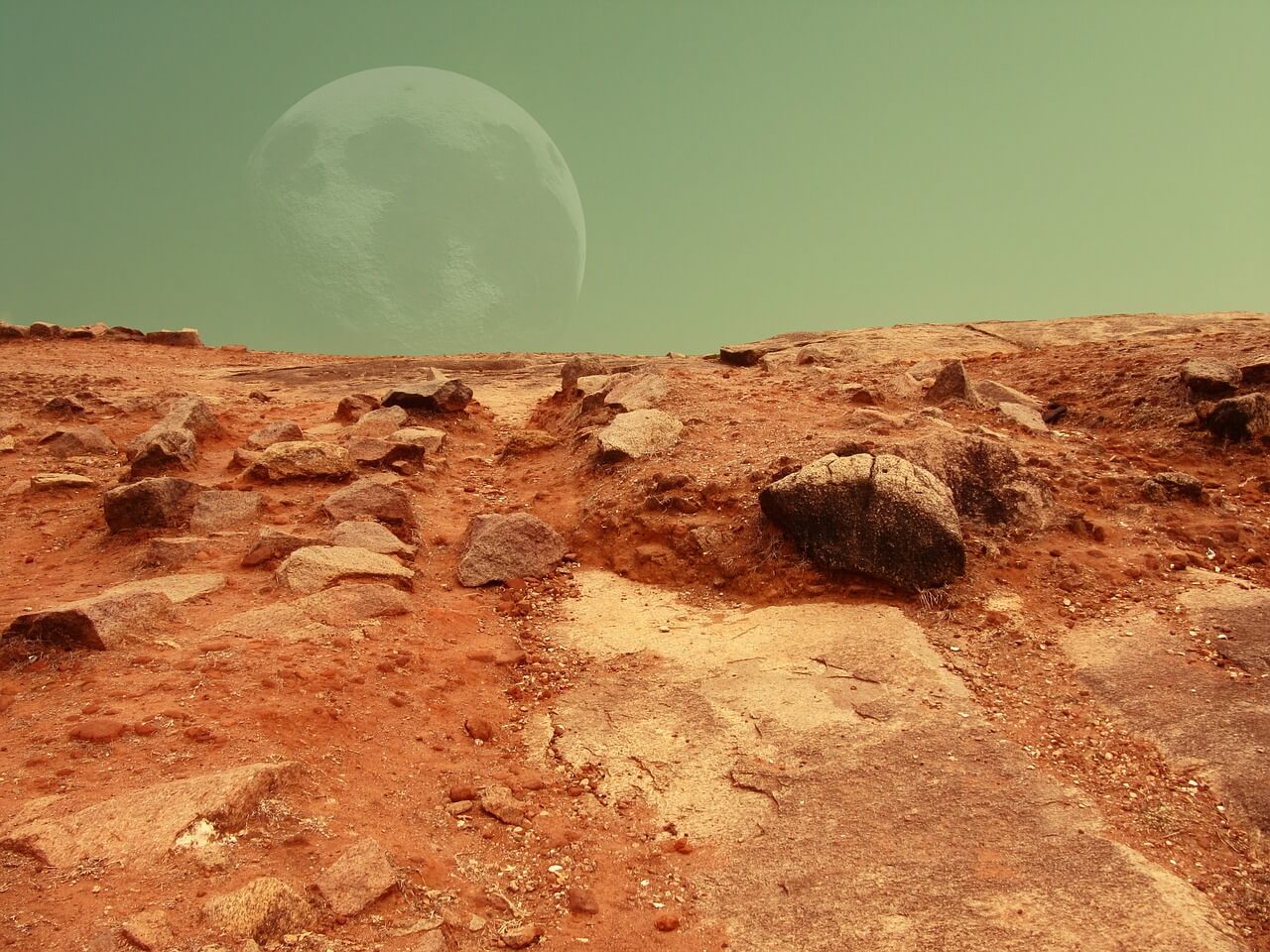
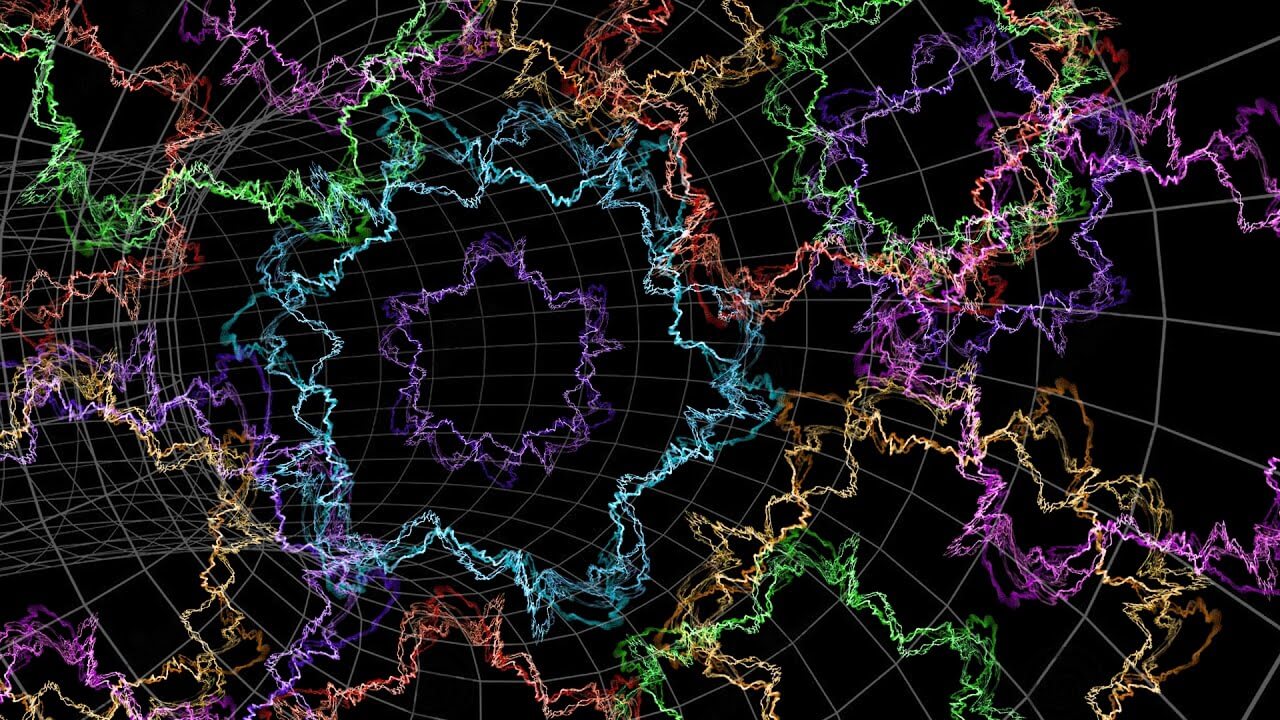

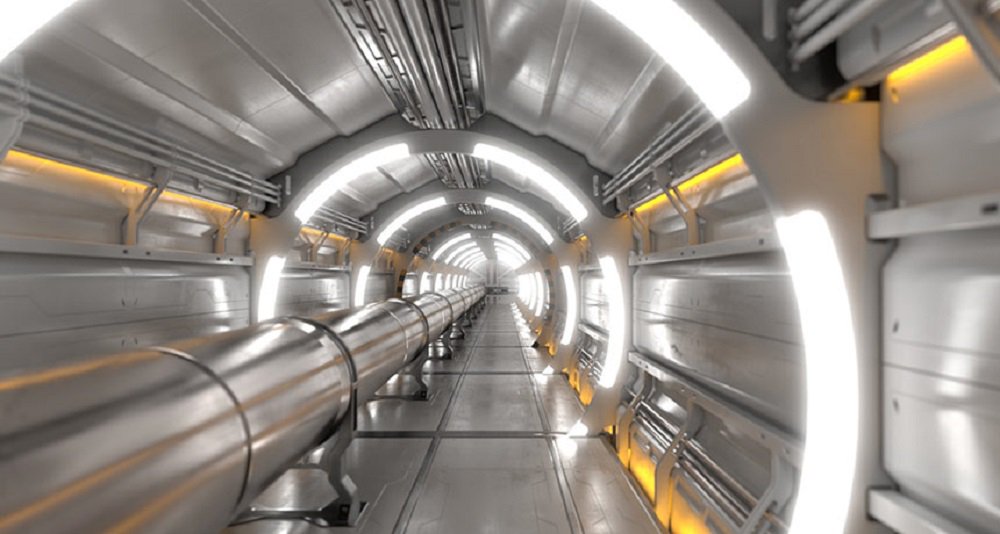




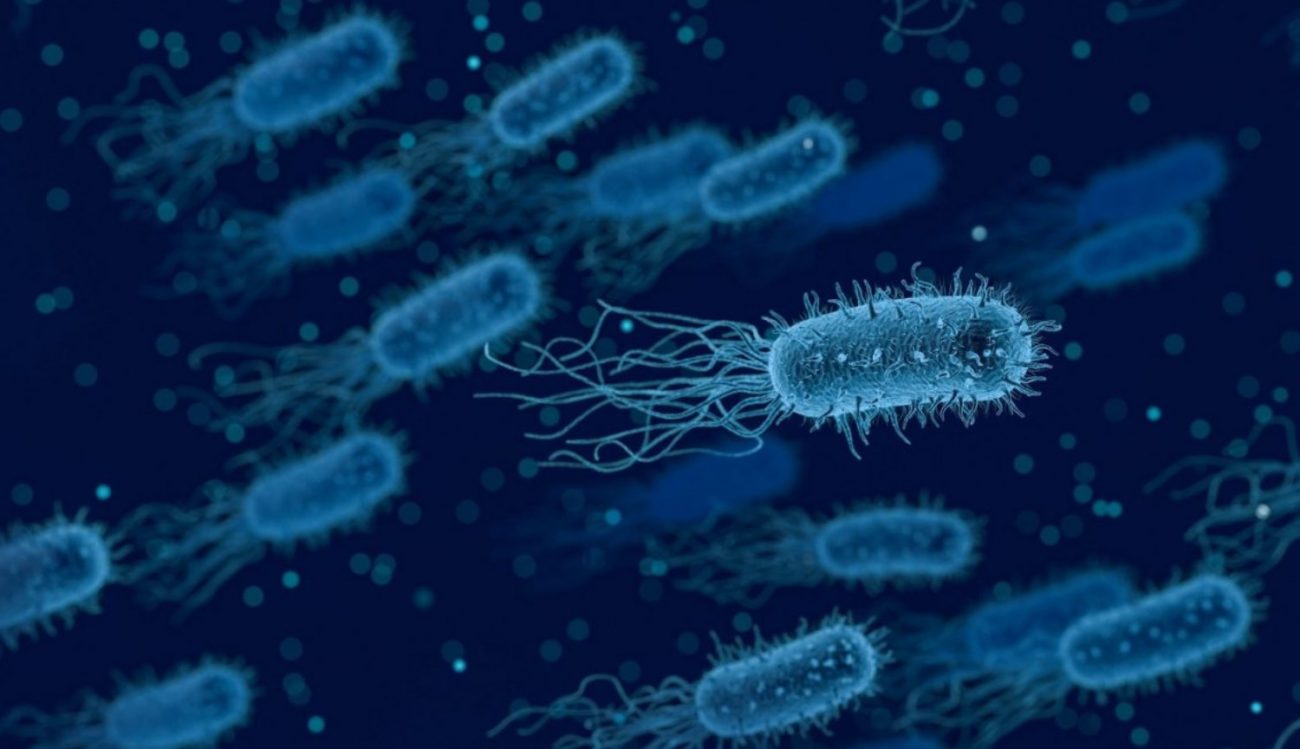




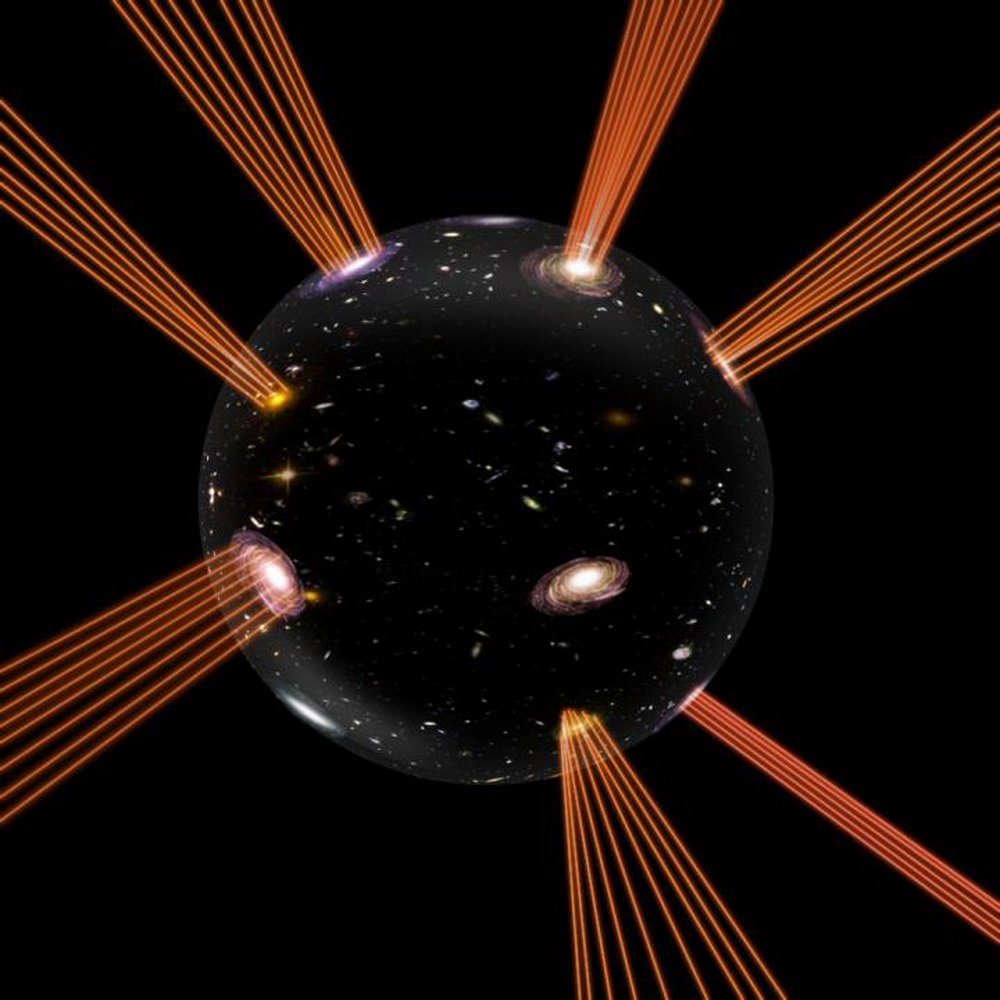
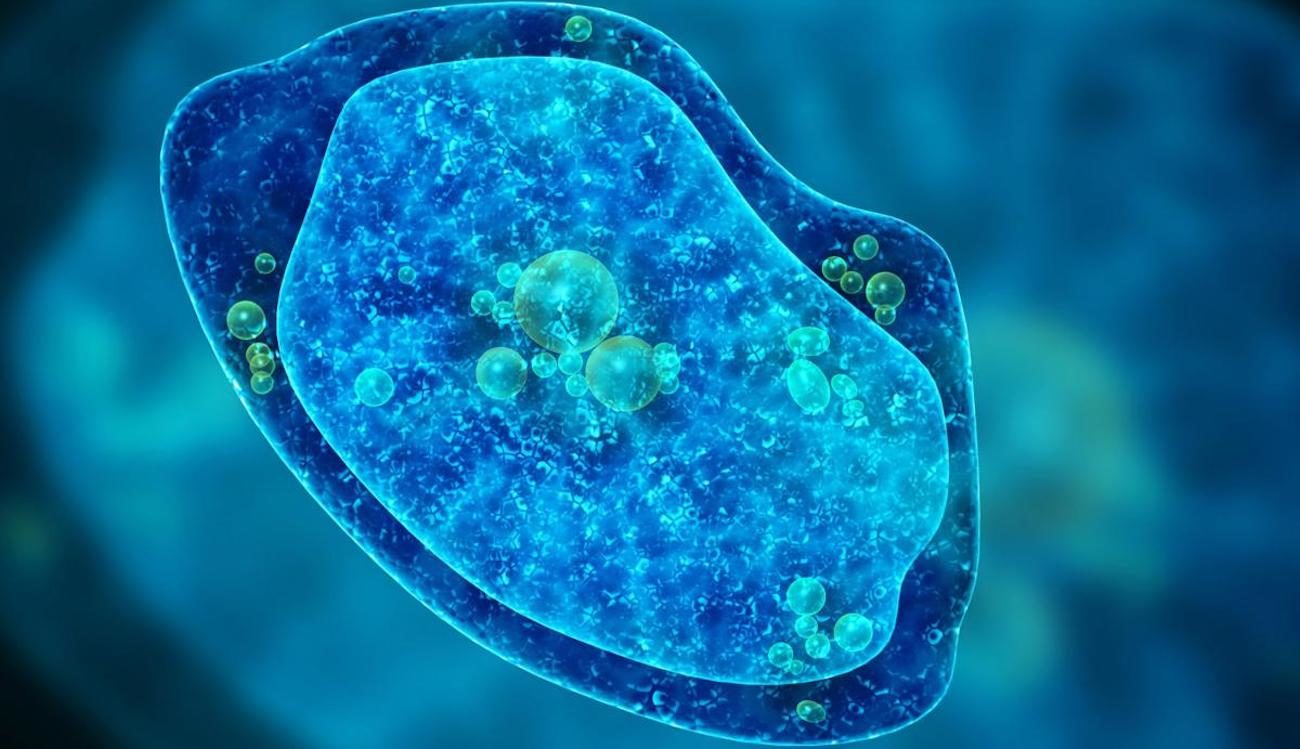
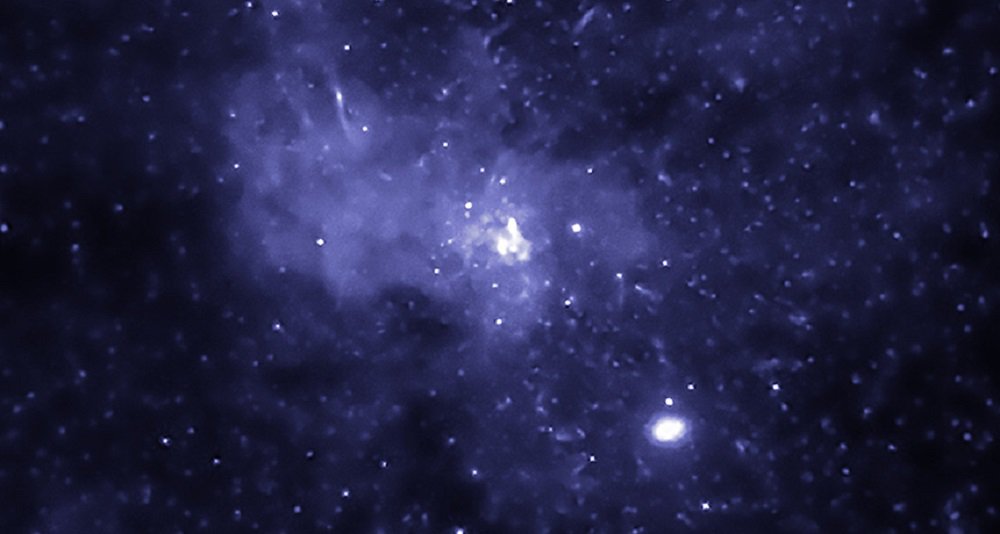
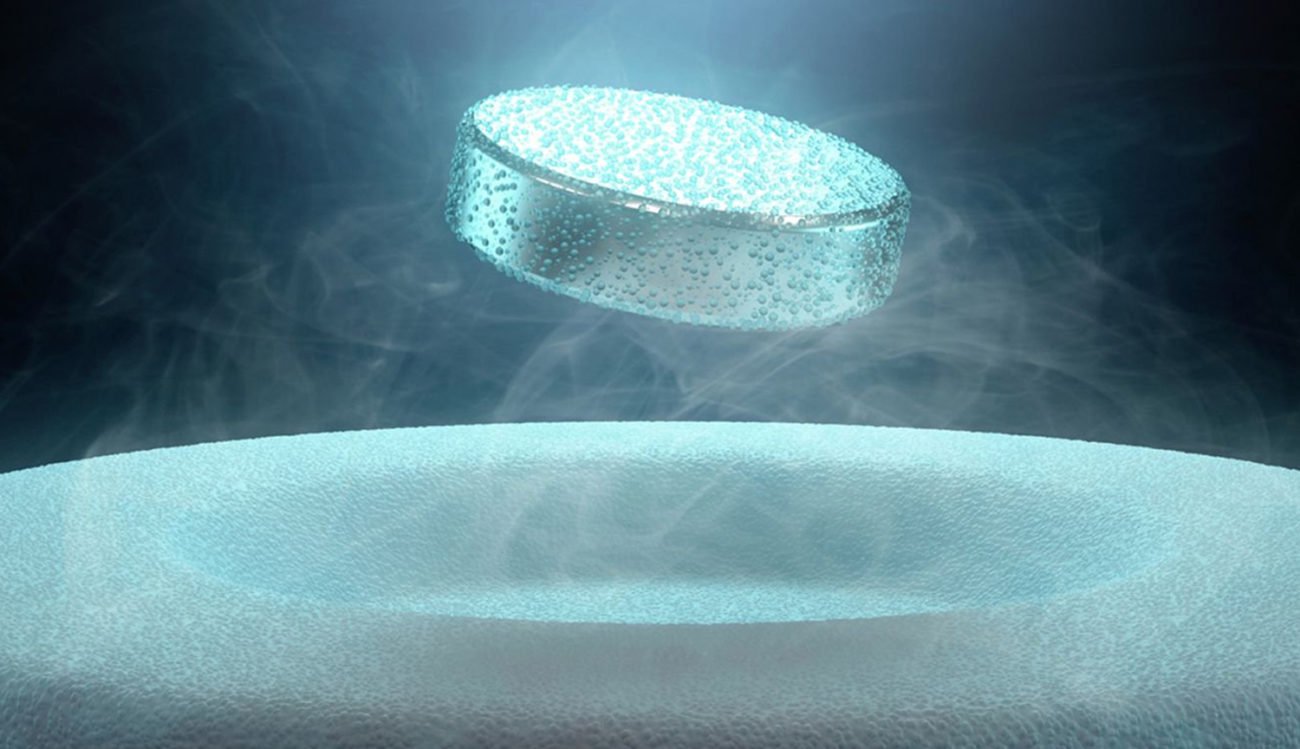


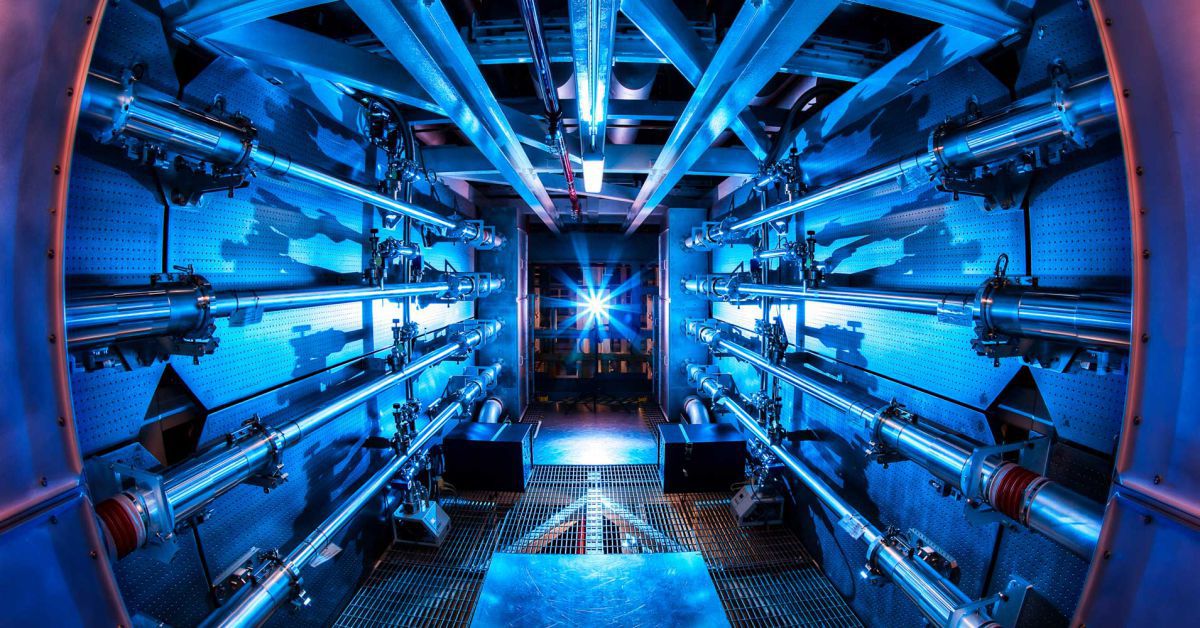
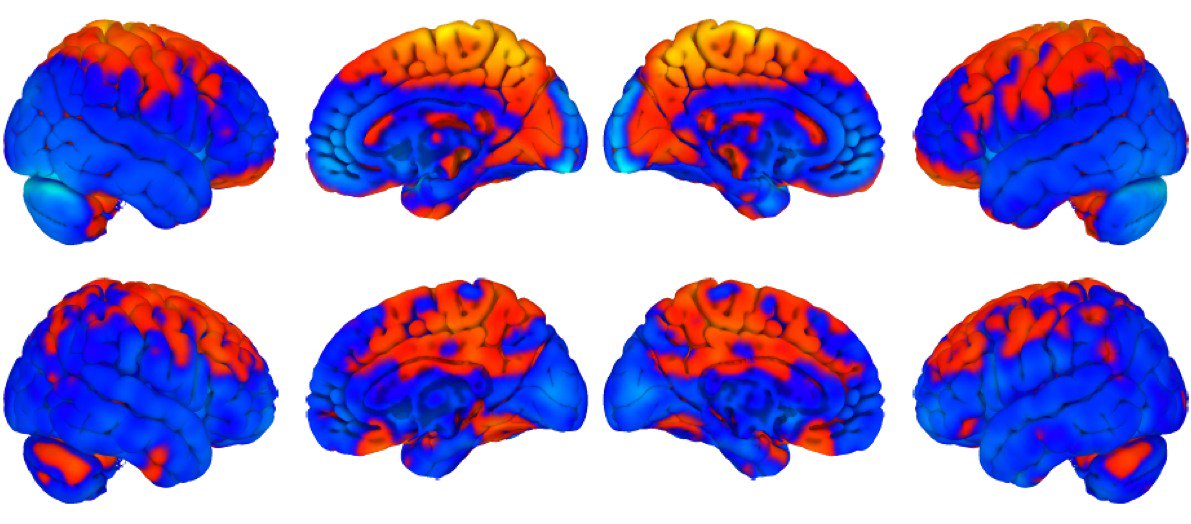
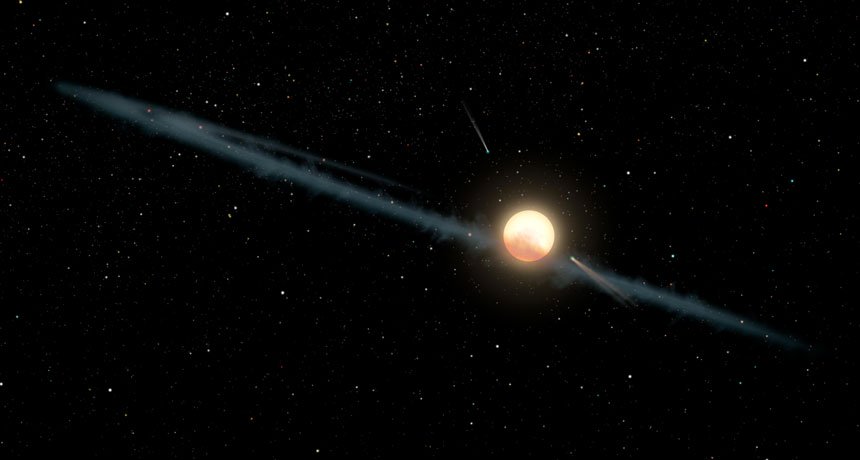
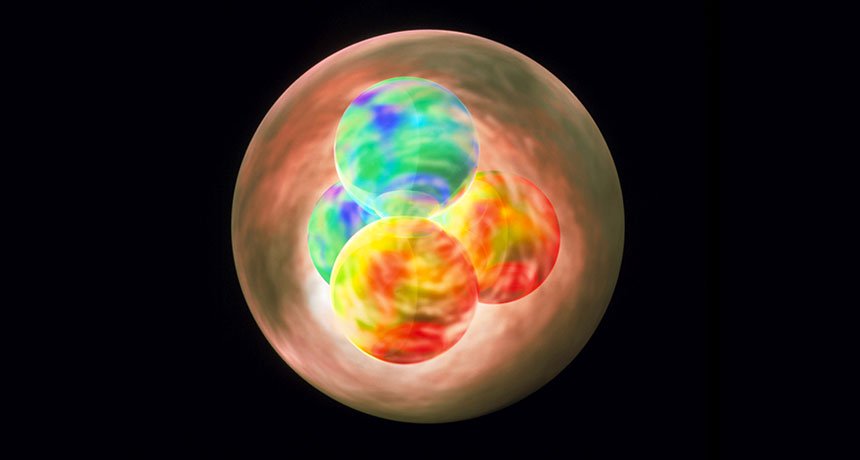
Comments (0)
This article has no comment, be the first!